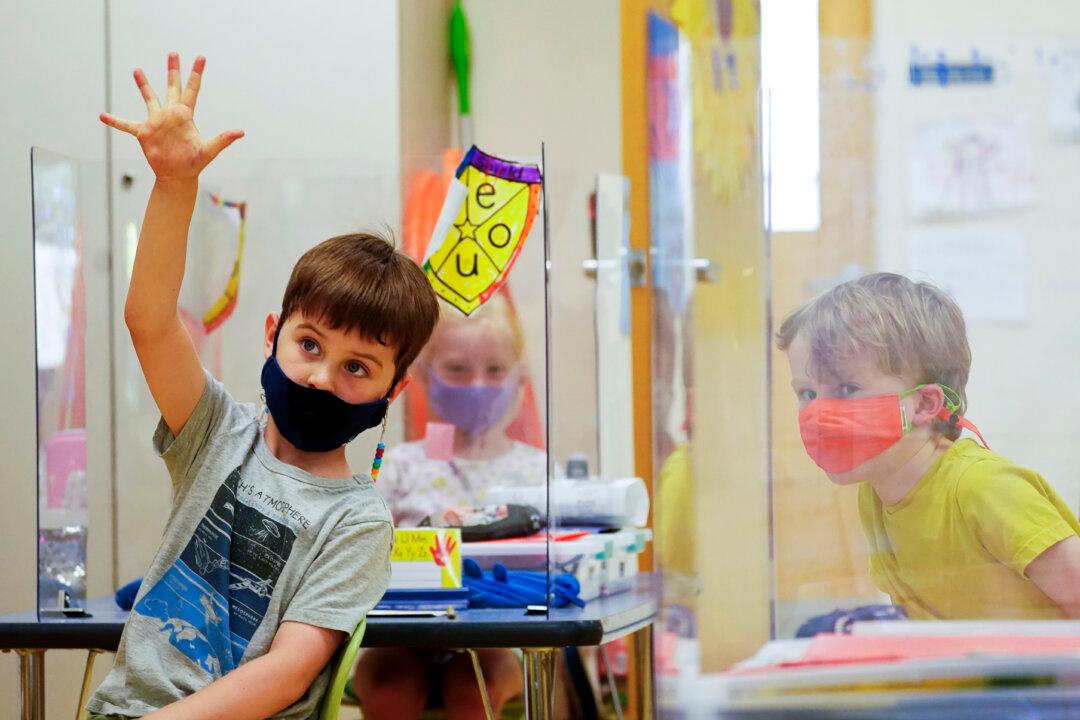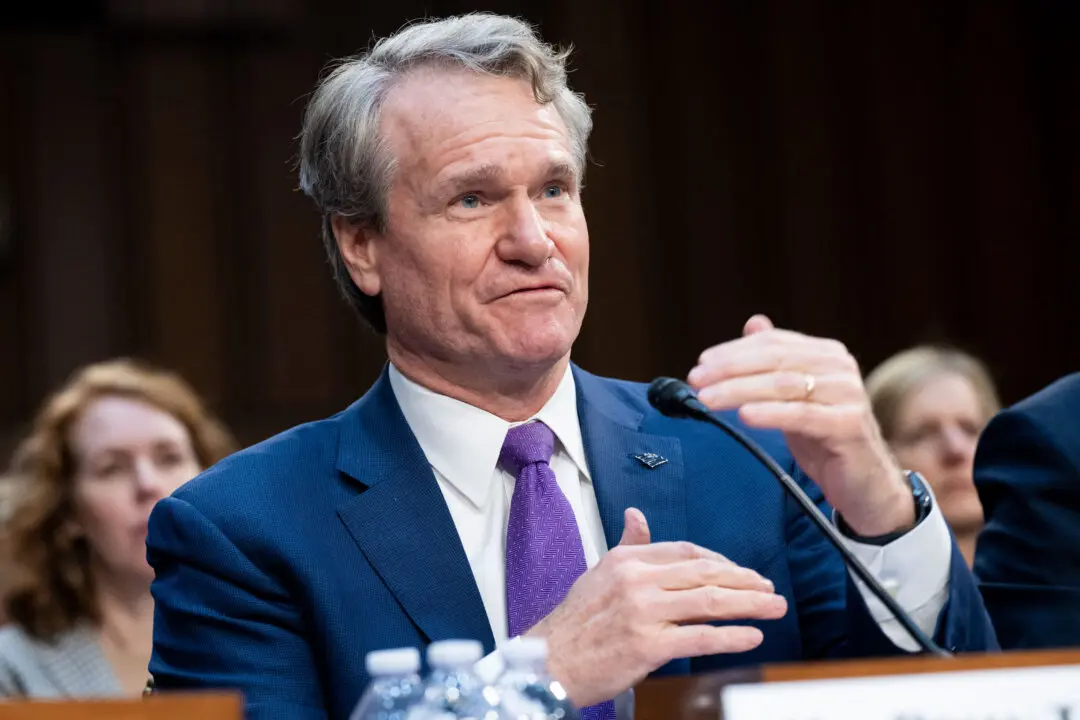Public school enrollment in 2020–2021 fell by 3 percent nationally compared to a year earlier, according to preliminary data from the U.S. Department of Education’s National Center for Education Statistics (NCES), with pre-K and kindergarten jointly seeing a sharp 13 percent drop.
The stark numbers represent the largest year-over-year decline in enrollment since the start of the century, with the drop concentrated among the youngest learners, the NCES figures show.





